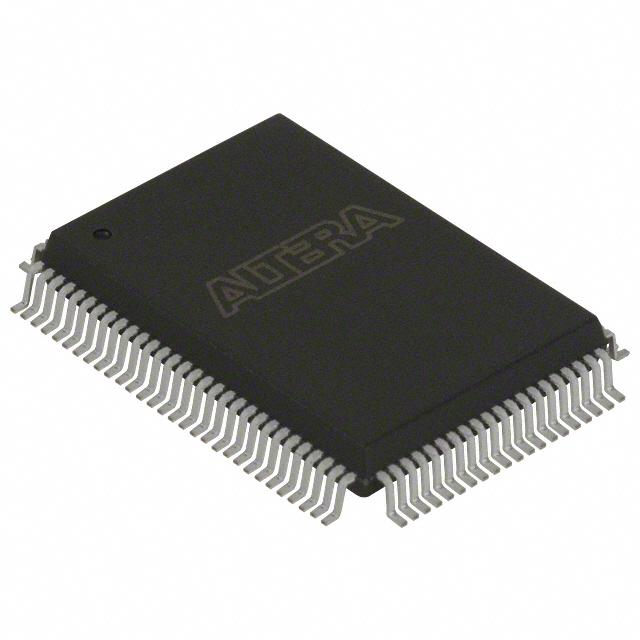
Intel Corporation
EPC16QC100SS
EPC16QC100SS ECAD Model
EPC16QC100SS Attributes
| Type | Description | Select |
|---|---|---|
| Mfr | Intel | |
| Series | EPC | |
| Package | Tube | |
| Programmable Type | In System Programmable | |
| Memory Size | 16Mb | |
| Voltage - Supply | 3V ~ 3.6V | |
| Operating Temperature | 0°C ~ 70°C | |
| Mounting Type | Surface Mount | |
| Package / Case | 100-BQFP | |
| Supplier Device Package | 100-PQFP (20x14) |
EPC16QC100SS Datasheet Download
EPC16QC100SS Overview
The Intel model 'EPC16QC100SS' is a field-programmable gate array (FPGA) that is designed to provide high-performance solutions for a range of applications. The device is part of Intel's EPROM family and has a capacity of 16,944 logic elements, making it suitable for complex designs.
The FPGA comes in a quad flat no-lead (QFN) package, which measures 14mm x 14mm, and has a total of 100 pins. It operates on a core voltage of 1.2V, which can be lowered to save power, and features a high-speed serial interface that can transfer data up to 3.125 Gbps.
The Intel EPC16QC100SS FPGA offers high-speed performance, high logic capacity, and a low power consumption, making it ideal for a range of applications. It can be used in data communication, networking, signal processing, and control systems. In networking applications, the device can be used for packet processing, routing, and switching. In signal processing applications, the FPGA can be used for real-time filters, signal sampling, and data acquisition. It can also be used in industrial control systems for motor control, power management, and high-precision analog-to-digital conversion.
Overall, the Intel EPC16QC100SS FPGA is a versatile and high-performance device that offers a range of features for a variety of applications. Its compact size, low power consumption, and high logic capacity make it an ideal solution for many applications in the electronics industry.
You May Also Be Interested In
4,269 In Stock
Pricing (USD)
| QTY | Unit Price | Ext Price |
|---|---|---|
| No reference price found. | ||
